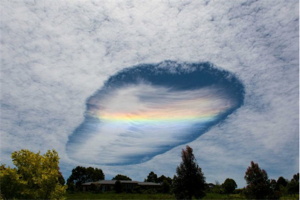Gestern habe ich eine Folge von Mensch Otto Bayern 3 gehört, in der Thorsten Otto die Astrophysikerin Lisa Kaltenegger interviewt:
Mensch Otto, Sendung vom 05.11.2015 mit Lisa Kaltenegger (MP3).
“Ihre Spezialität sind Exoplaneten, Exomonde und Supererden. Was dem einen völlig Spanisch vorkommt, ist für die österreichische Forscherin die große Leidenschaft. Für sie ist das Weltall ein einziges Geheimnis, das es zu entschlüsseln gilt. Und eine der spannendsten Fragen ist für sie, ob wir Menschen allein im Universum sind. „Jetzt, in diesen Jahren, ist die Technologie so weit, dass wir nach Planeten wie unserer Erde im All Ausschau halten können und Signale dieser Welten auffangen“, sagt Kaltenegger. Schon mit 27 Jahren forschte und unterrichtete die an der Harvard University, inzwischen arbeitet sie unter anderem für die NASA.”
Eingeladen wurde sie u. a. deshalb, weil wenige Tage zuvor ihr populärwissenschaftliches Buch Sind wir allein im Universum?: Meine Spurensuche im All erschienen ist.
Lisa Kaltenegger is Associate Professor of Astronomy, Director of the Carl Sagan Institute at Cornell University. The Carl Sagan Institute, aka Institute for Pale Blue Dots, …
“… was founded in 2015 at Cornell University to explore other worlds – how they form, evolve and if they could harbor life both inside and outside of our own Solar System. Directed by astronomer Lisa Kaltenegger, the Institute has built an entirely new research group, spanning 6 departments and including more than 20 faculty who focus on the search for life in the universe.”
Videos of the inauguration speeches by Lisa Kaltenegger, Ann Druyan, and others can be found here: (un)Discovered Worlds: Inauguration of the Carl Sagan Institute.
Kalteneggers talk A Thousand New Worlds is available on YouTube:
“Lisa Kaltenegger, director of the Carl Sagan Institute and associate professor of astronomy at Cornell, has been examining alien worlds for biosignatures–the pre-conditions and indications of life. Here she shares her research on potentially habitable planets beyond our solar system. Recorded July 8, 2015 as part of the School of Continuing Education and Summer Sessions summer lecture series.”

